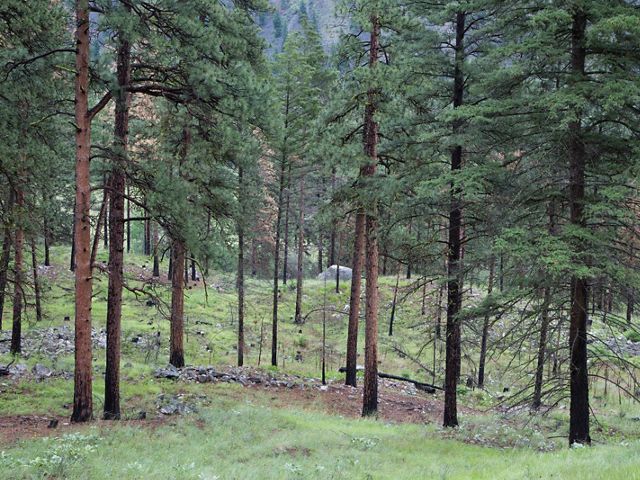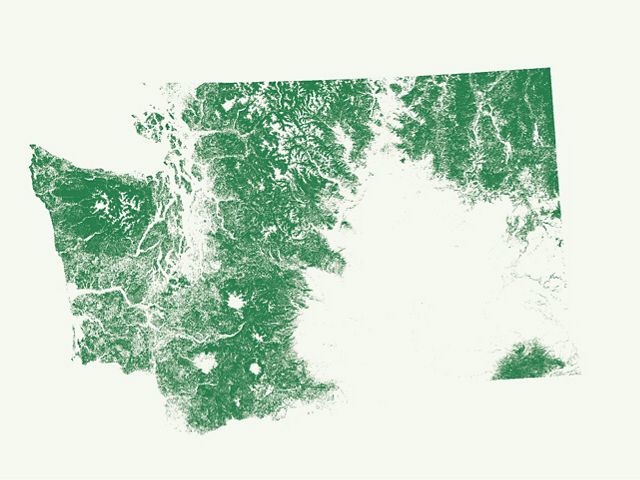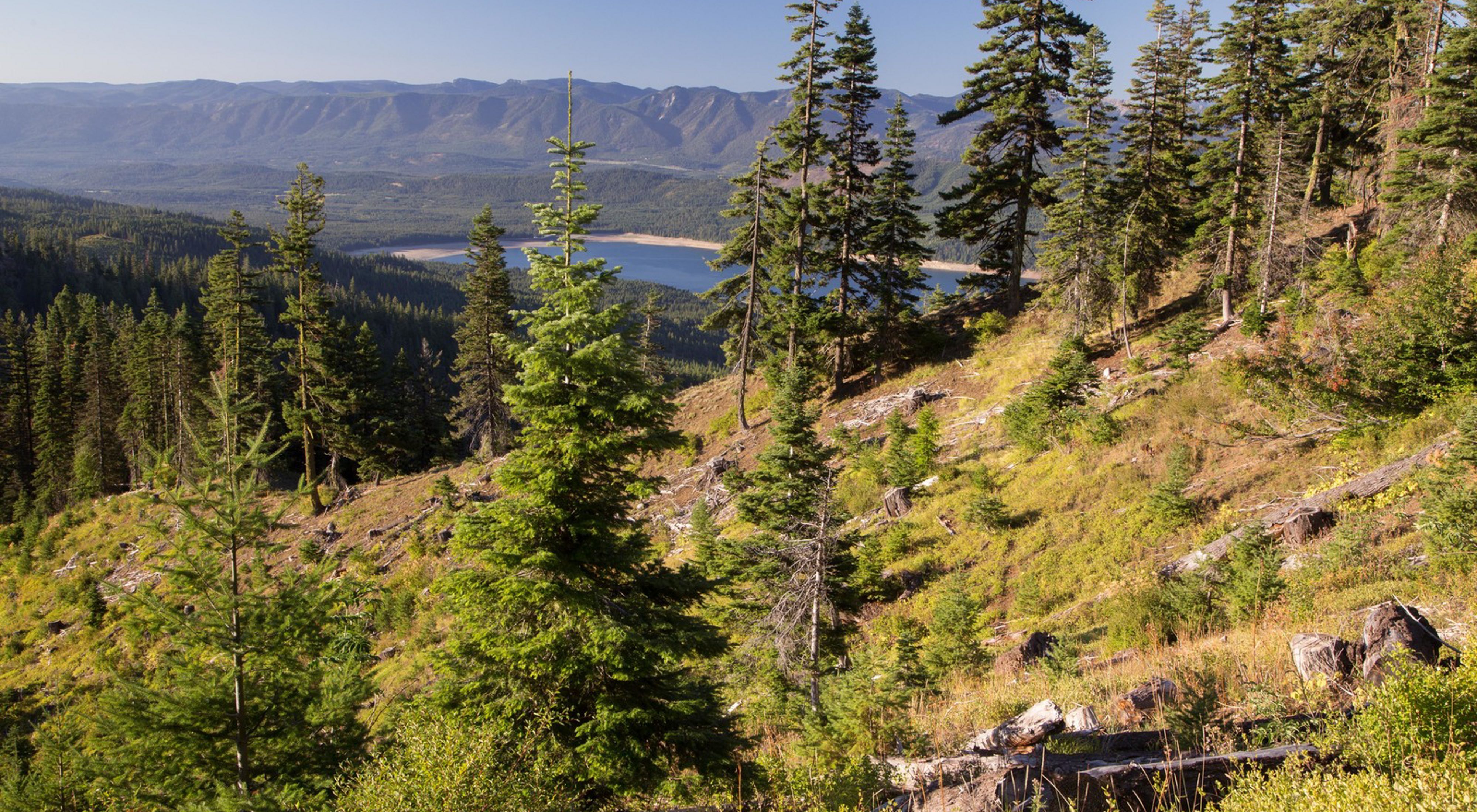It was fall 2015, and massive wildfires had devastated parts of eastern Washington. Yet as James Schroeder, Conservation Director for the Conservancy in Washington, toured the damage, he saw very different impacts.
Some areas were totally scorched. But where forests had been managed with thinning and controlled burns, the landscape was still green and vibrant. There, the impact of wildfire was beneficial, not destructive, says Schroeder. “I was amazed to see how well the thinning and controlled burn had worked to make the forest more resilient to the wildfire.”
Now, a scientific study has put real numbers on the power of such tactics to combat not only forest fires, but climate change itself. The report, called Natural Climate Solutions for the United States, analyzed the potential for various natural land management strategies to reduce or offset carbon emissions, slowing the alarming pace of climate change.
Their conclusion: forests matter. A lot.

CARBON CONTROL
The report by Nature Conservancy scientist Joseph Fargione and more than a dozen research institutions outlined 21 natural strategies which, added together, could counter as much as 21 percent of United States carbon emissions. It was published in the November 14, 2018 issue of Science Advances.
By far, the two most potent natural solutions identified were forest management and reforestation According to the report, if the United States maximized the potential of these alone, it would be like taking 145 million cars off the road every year. “The Natural Climate Solutions report is very newsworthy. It puts solid and practical scientific evidence behind our approach to harness nature to combat climate change,” says Schroeder.
Forests play a key role largely because of their ability to sequester, or store, carbon—just one mature tree can sequester as much as 48 pounds of carbon per year. That keeps carbon out of the atmosphere, so naturally, the more forests the better. And fire-resilience is key. “By not burning up, that forest is still storing carbon,” says Schroeder.
LEADING THE WAY IN THE EVERGREEN STATE
In Washington, our trees stand especially tall in the fight against climate change. Half of Washington’s total land area is forested. We at the Conservancy are a leader in strategies noted in the report, such as increasing fire-resilience and lengthening the time between harvests so that we can grow bigger trees and bolster carbon sequestration. What’s more, says Schroeder, we also lead the way in developing partnerships with local, state, federal and tribal organizations that allow restoration on a landscape-scale, coming together around shared goals while respecting diverse concerns. It’s a big-view approach, and it works, as Schroeder has seen firsthand.

Meanwhile, scientists like Michael Case focus on the details. Case, the forest ecologist for the Conservancy in Washington, analyzes how climate change is altering our forests, and how we can help those forests play the biggest role possible in fighting climate change globally. He considers carbon-related impacts as well as ecological ones.
“One of the best things we can do is to recognize the differences between forests on the drier eastern side of the state and the more lush forests on the western side,” Case explains. “On the east side, reducing the potential for big forest fires is critical. But on the western side, forest fires are much less frequent. There, it’s important that we speed up the process of succession to old growth, because old growth characteristics are what makes those forests more resilient.” For example, Case points to our work at Ellsworth Preserve, the Hoh River, and other areas, which are teaching us—and other states— how to effectively restore the unique, ecological complexity of old growth forests.
Plenty of Potential
Now, with the Natural Climate Solutions Report, we have even more validation that well-managed forests can slow climate change. “The Nature Conservancy’s work here in Washington directly supports the report’s recommendations,” says Schroeder. “We’re on the right track with our forests.”
Yet, the report also brings to light a serious gap in how much is being done to maximize the power of our forests and other natural solutions, versus how much could potentially be done. “Globally, current natural climate solution efforts receive only 0.8% of public and private climate financing,” write the authors, even though by 2030 such solutions could account for 37% of possible mitigation. Thanks to the report, that right track is clearer than ever.
